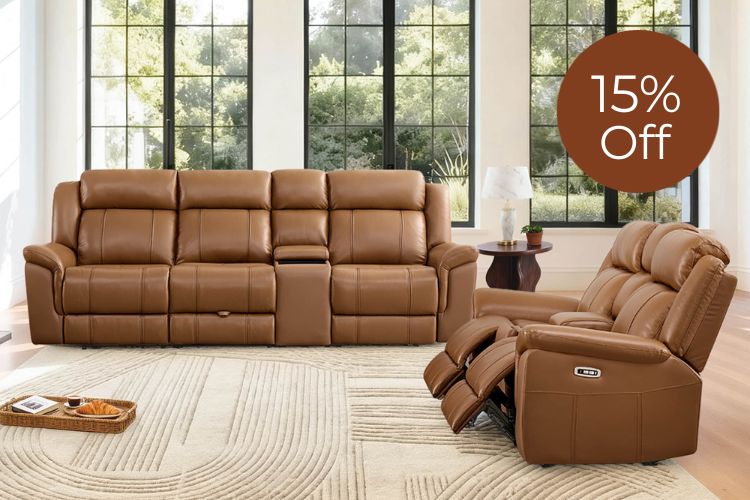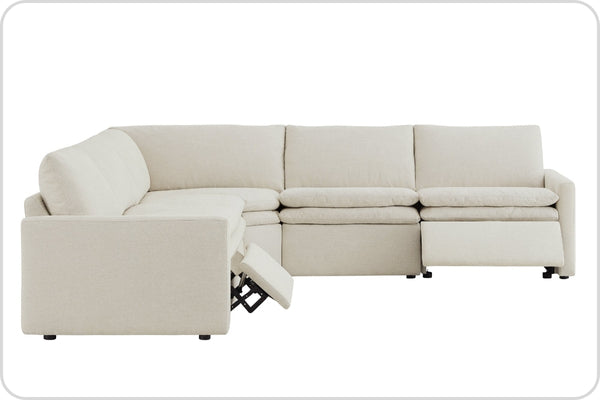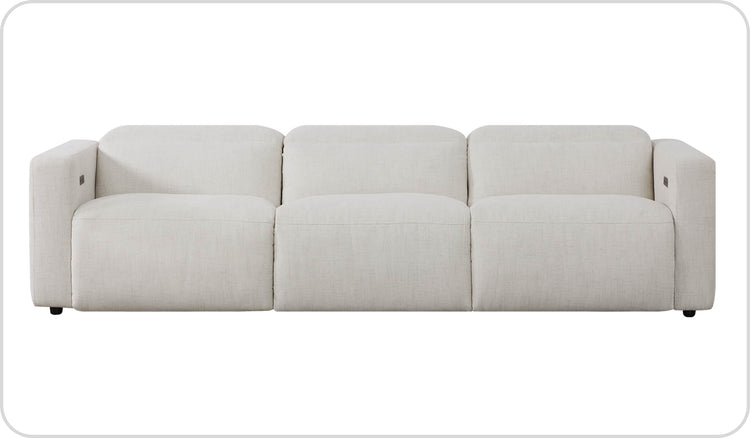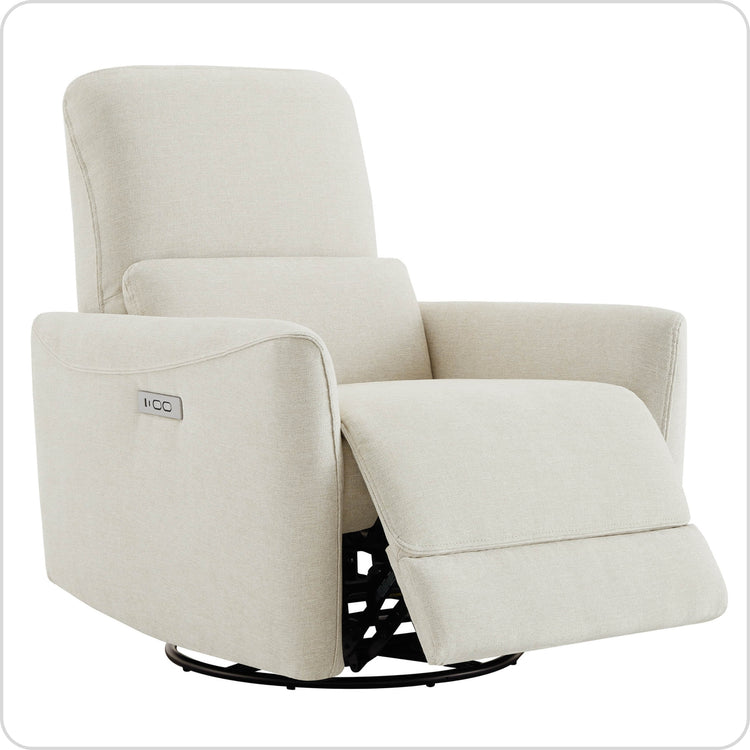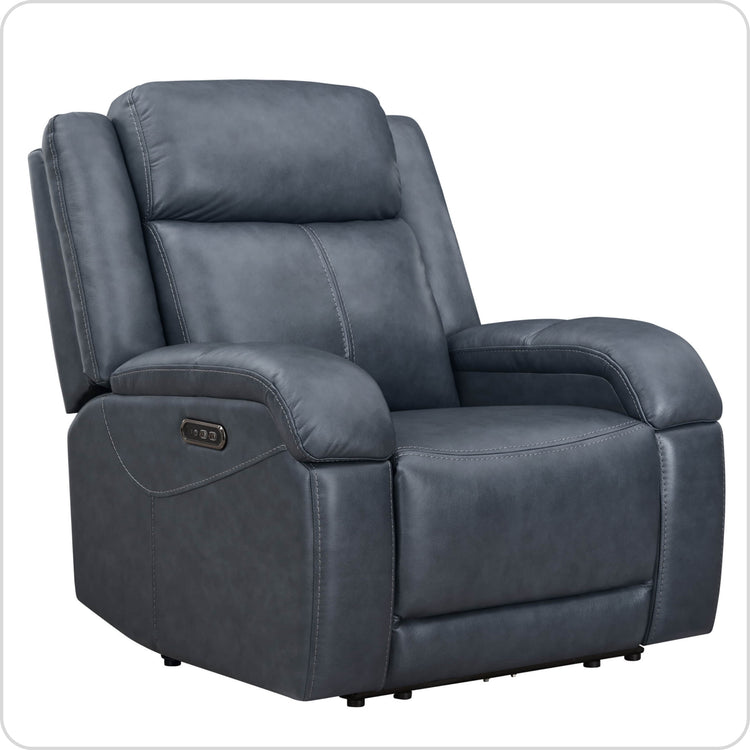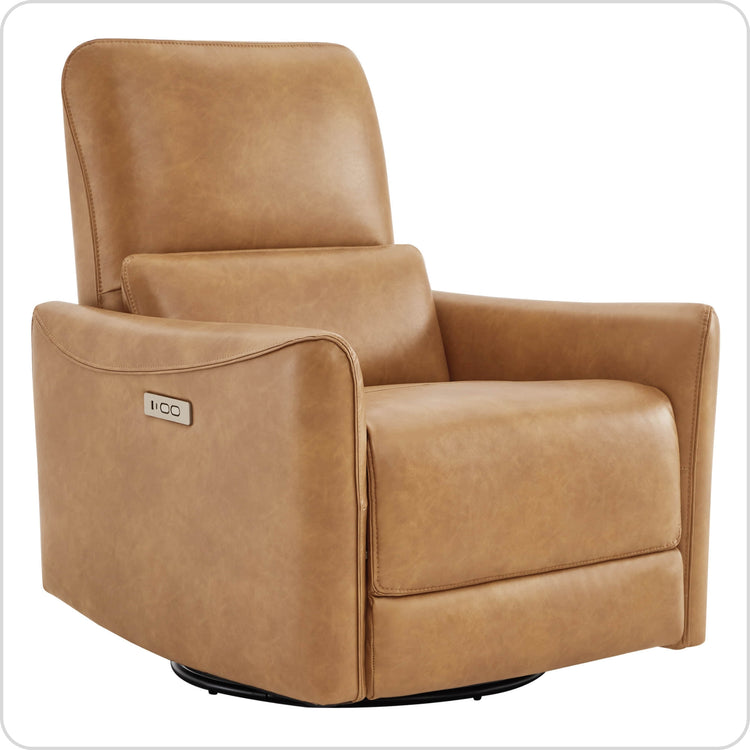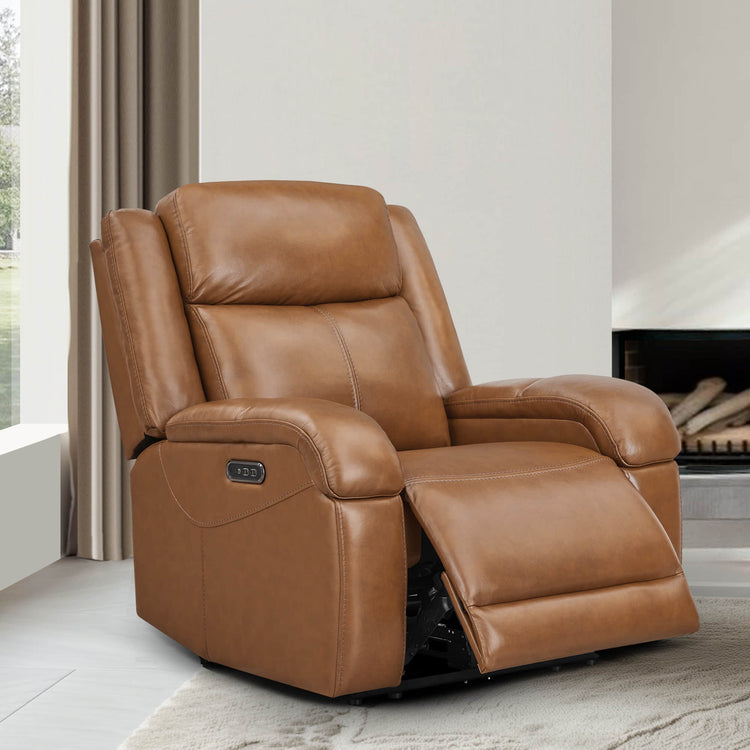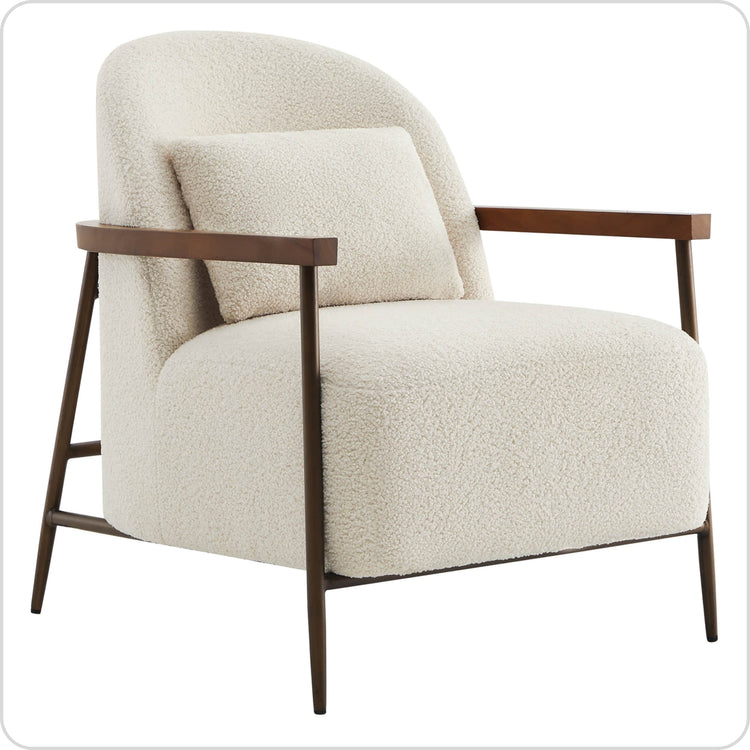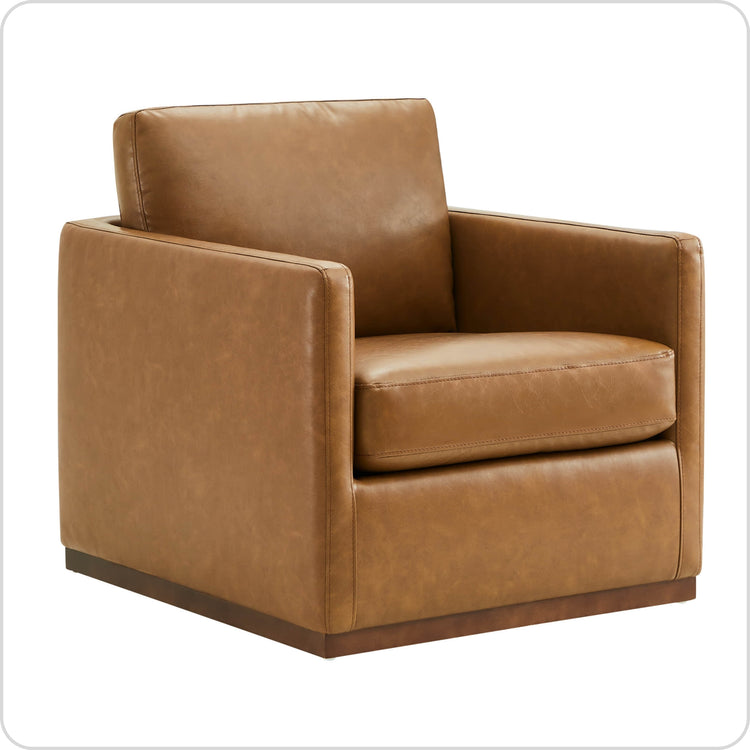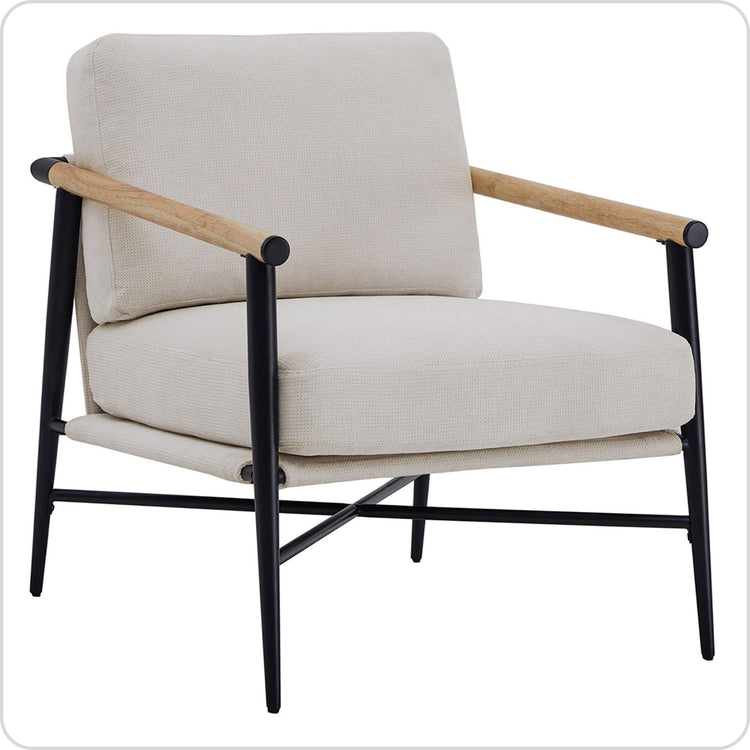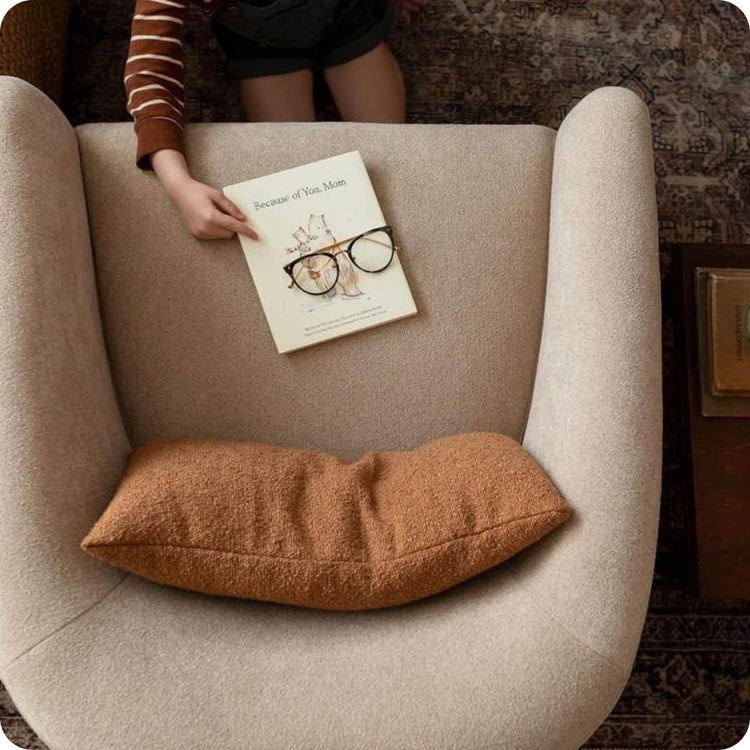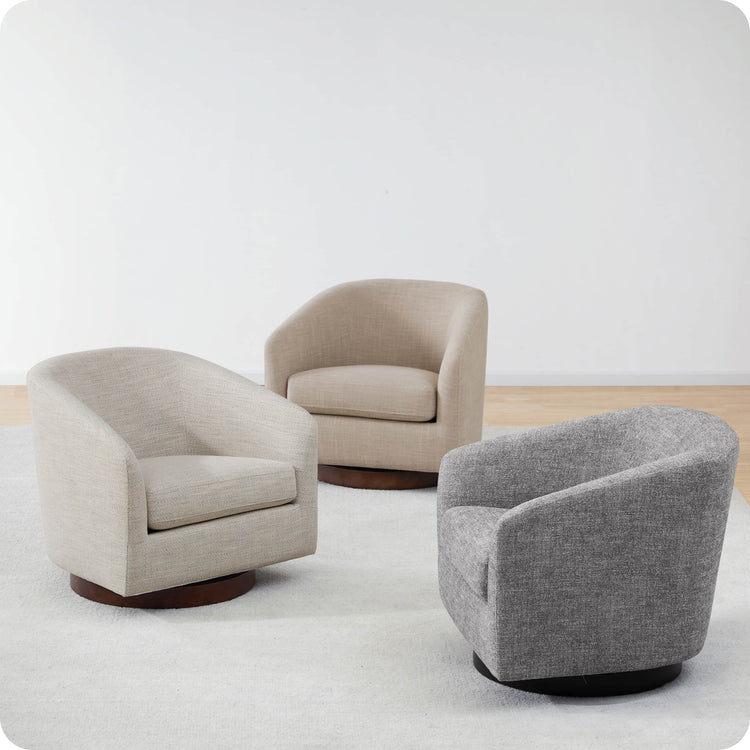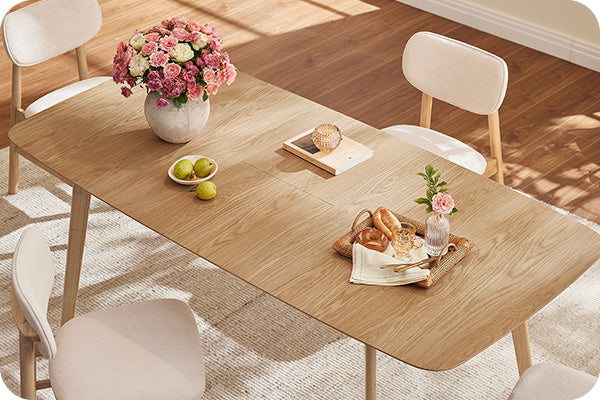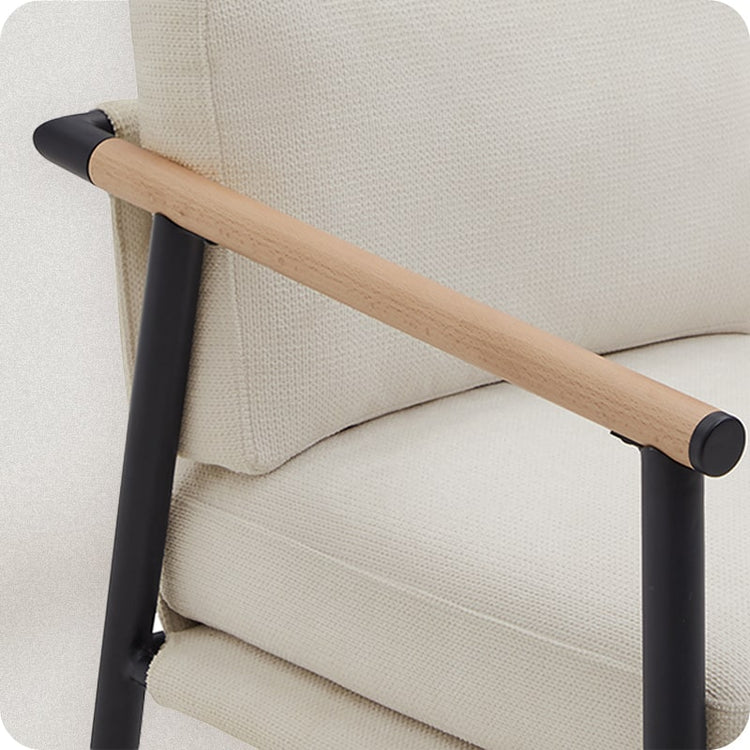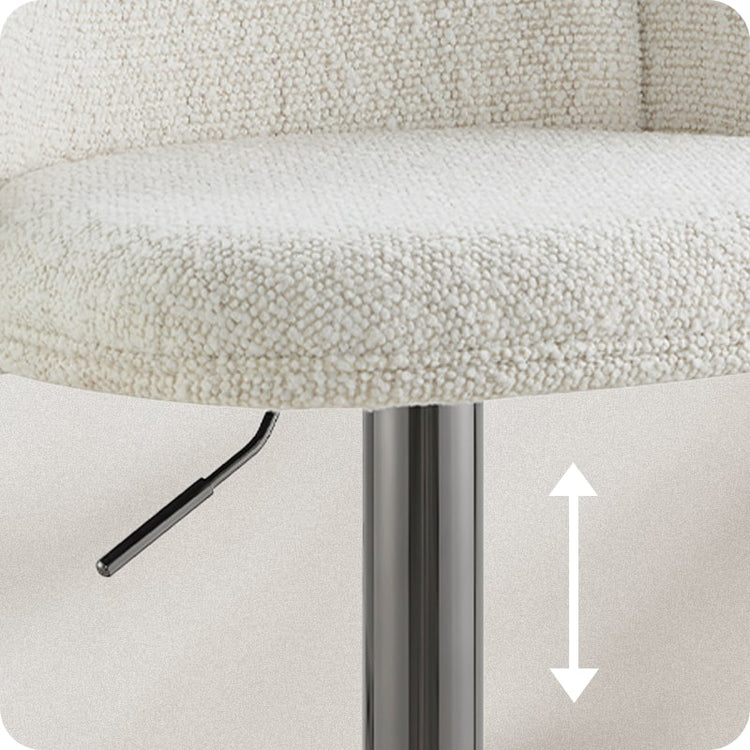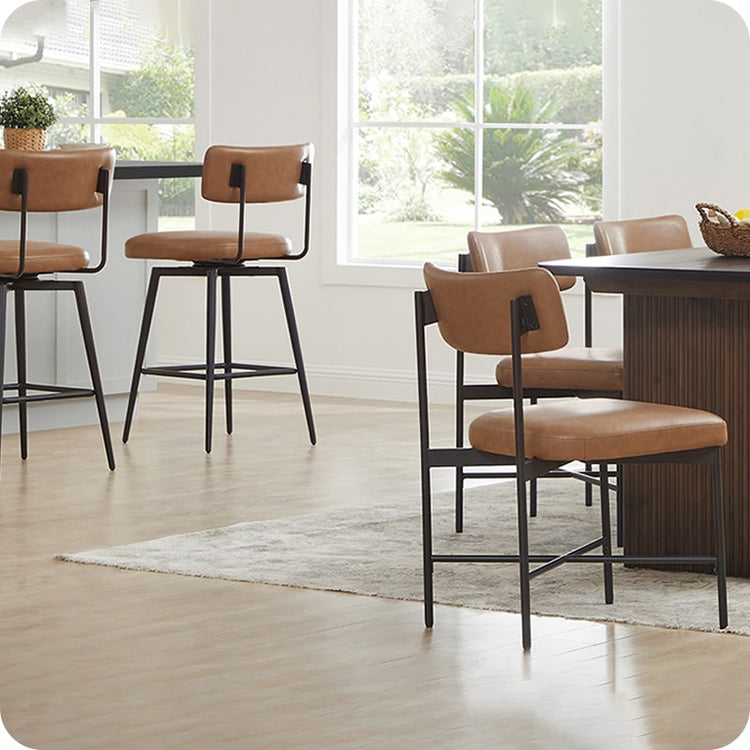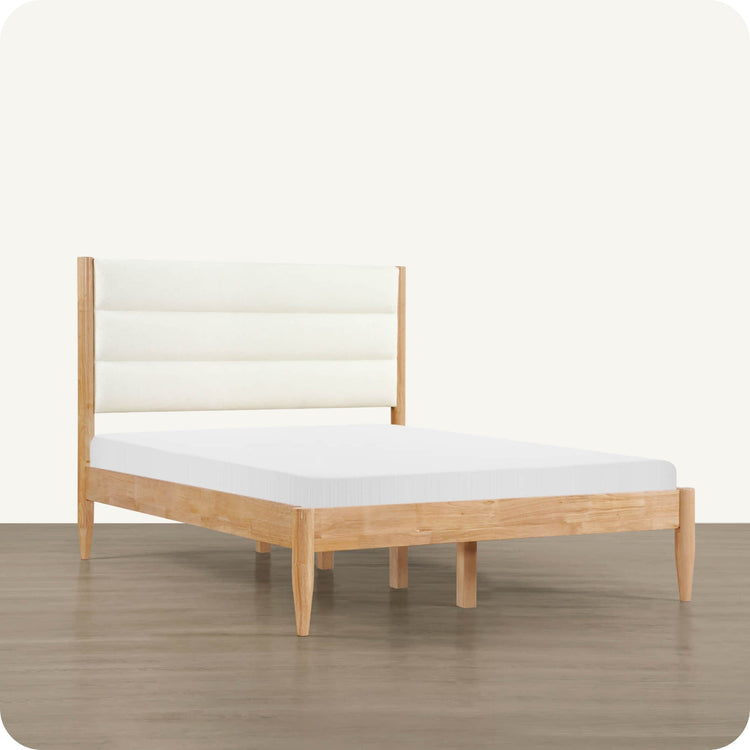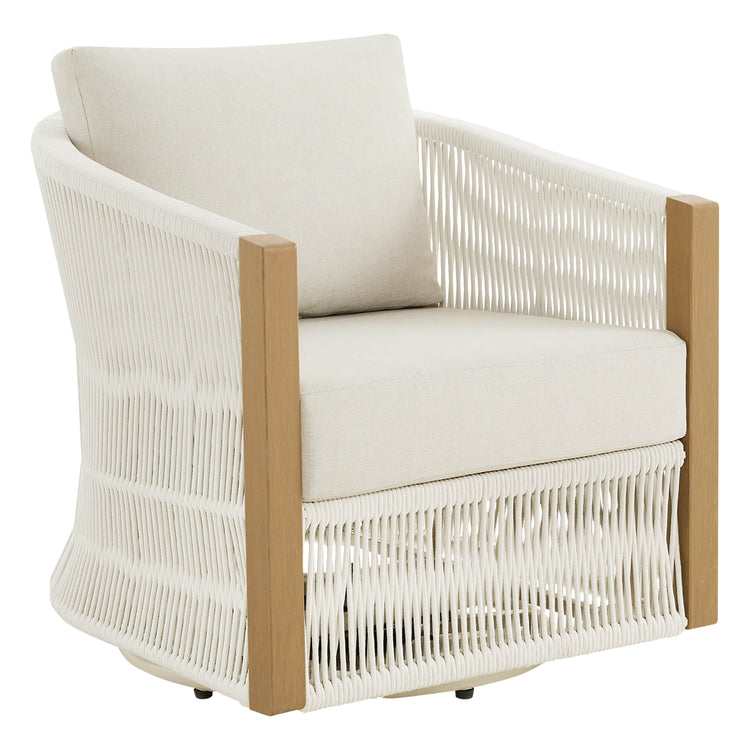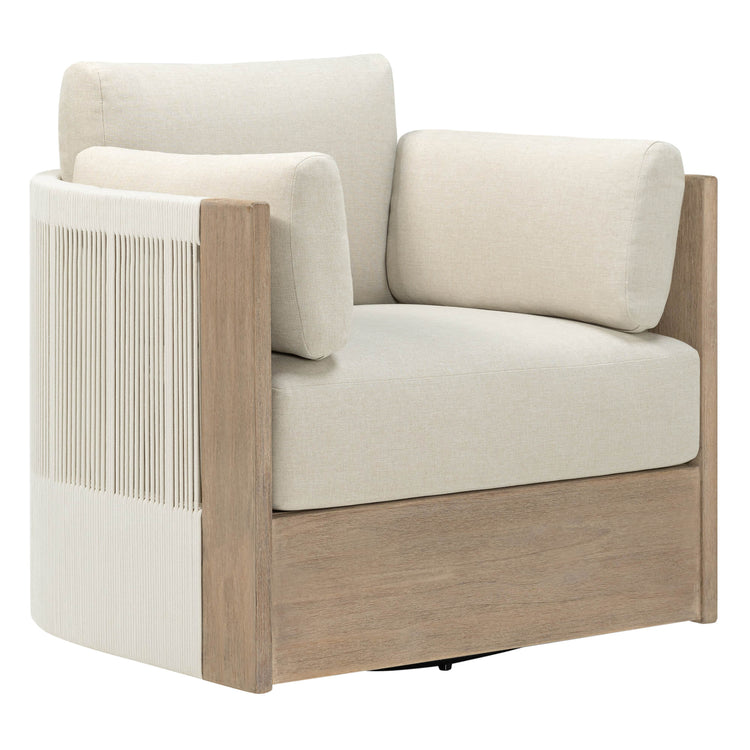Introduction
Eco-friendly furniture aims to reduce environmental impact through responsible material sourcing, manufacturing practices, and end-of-life options. The goal is to avoid resource depletion while reducing pollution and waste. Environmentally conscious choices allow us to make our homes part of the sustainability solution. The furnishings we choose impact more than just aesthetics. With research, we can all find earth-friendly furniture that suits our needs and style. The options are far wider than you might think.
How to Choose Eco-Friendly Materials?
- FSC-certified wood comes from forests that are responsibly managed to meet environmental, social, and economic standards. The FSC label ensures your wood was harvested sustainably. Opting for reclaimed or recycled wood is also eco-friendly, giving new life to old materials.
- Avoid furnishings made with formaldehyde, flame retardants, and other harmful chemicals. Formaldehyde is a known carcinogen that off-gases from some composite woods and glues. Flame retardants are persistent organic pollutants that accumulate in the body. Look for products certified by CertiPUR-US, which prohibits using these and other harmful substances in foam and upholstered products.
- Seek out organic and natural fabrics whenever possible. Organic cotton, wool, hemp, and linen are grown without pesticides and biodegrade safely. Look for OEKO-TEX certification to verify textiles are free from hazardous chemicals.
- For finishes, choose plant-based options like soy, milk paint, or beeswax instead of petroleum-based paints and varnishes. Zero-VOC stains and sealants also minimize indoor air pollution.
- Check for reputable third-party certifications like Greenguard, ECOLOGO, or Cradle to Cradle, which verify furniture materials and production processes are non-toxic and environmentally responsible. The presence of such labels gives you peace of mind when you're choosing safe, eco-friendly furnishings.
How to Maximize the Furniture Longevity?
- Opt for solid hardwood construction, avoiding particleboard or composite woods whenever possible. Solid woods like oak, maple, and mahogany are durable and can become more beautiful with age.
- Reinforced joinery techniques like mortise and tenon joints, dowels, tongues, and grooves create sturdy, long-lasting connections between wooden parts. These quality joinery methods are superior to basic staples or nails.
- Choose versatile, timeless silhouettes and designs that won't go out of style rather than trendy pieces. This ensures you'll love your furniture for years to come.
- Breathe new life into existing furnishings through creative repurposing, upcycling, or refinishing. A fresh coat of paint or new fabric covers can revive old furniture. Or give it a new purpose, like turning a dresser into a bathroom vanity.
- Repair damaged areas whenever possible. Scratches can be touched up. Wobbly legs or joints can be glued and reinforced. Worn wooden surfaces can be gently refinished, stained, or sealed to restore their beauty.
- Don't throw out slightly damaged furnishings! Most imperfections can be fixed to extend the useful life of cherished furniture pieces.
How to Make End-of-Life Options?
- Donate usable furniture in good condition to charity organizations like Goodwill or Salvation Army. Many non-profits accept gently used furnishings and resell them affordably to support their missions.
- Consign pre-owned quality pieces to local secondhand and antique shops.
- Some responsible brands have take-back programs to help recycle and refurbish their products responsibly after use. This keeps materials circulating and reduces waste.
- If furniture can't be reused, look for recyclers in your area that accept wood, metal, fabrics, cushions, etc. components to recover materials. Plastics and foam may also be recyclable curbside.
- When recycling isn't possible, donate or sell furnishings to be repurposed. Artists, theaters, and other creatives can reuse furniture in innovative ways.
- As a last resort, landfill disposal of non-recyclable furnishings should adhere to local regulations and waste management policies.

How to Make Room-by-Room Selections?
Bedroom:
- Natural fiber rugs made from sisal, seagrass, jute, or wool are sustainable flooring options.
- Organic mattresses and bedding avoid pesticides, toxic fire retardants, and harsh chemicals.
- Salvaged and upcycled nightstands, headboards, and dressers give new life to old materials.
- Low-VOC and non-toxic paints and finishes ensure healthy indoor air quality.
Living Room:
- Coffee tables and media consoles made from FSC-certified or reclaimed wood are earth-friendly choices.
- Opt for sofas and chairs made with organic fabrics and cushion fillers free of toxic chemicals, looking for certifications like OEKO-TEX and CertiPUR-US. These labels indicate the materials have been tested and meet certain standards for minimal or no harmful substances.
- Recycled leather is a more sustainable upholstery option than virgin leather.
- Repurposed and antique ottomans and side tables conserve resources.
Kitchen:
- Salvaged and reclaimed wood lend unique character to countertops and kitchen islands.
- Upcycled cabinets and shelving help save vintage materials from landfills.
- Tables made from reclaimed barn wood, recycled steel, or composite bamboo make green dining options.
What Green Certifications Did Chitaliving Get?
At Chitaliving, we are committed to providing high-quality furniture made with environmentally responsible materials and production methods. Our products feature several green certifications:
- The faux leather and fabrics we use are OEKO-TEX certified. This indicates harmful substances were kept out of textiles during processing and production.
- Our foam cushions are CertiPUR-US certified. This verifies they were made without ozone depleters, heavy metals, and other toxic chemicals.
- Our wood frames are FSC-certified. This confirms the wood came from a responsibly-managed forest.
- We use rPET (recycled polyethylene terephthalate) fabrics made from recycled plastic bottles. This diverts plastic waste and turns it into durable upholstery material. If you were interested, Aria Swivel Arm Accent Chairwould be a good choice.
- Finally, our products are certified for low chemical emissions by programs like GREENGUARD. This certifies that our furniture does not emit high chemical fumes indoors.
These green certifications reflect our dedication at Chitaliving to using earth-friendly materials and processes. We want to provide high-quality, comfortable furniture while protecting the environment through responsible sourcing and manufacturing.
Continuing Your Commitment
Adding eco-friendly accessories or swapping out key items can be a good start. Over time, these small choices accumulate into something greater. Sustainability should remain top of mind year-round, not just on Earth Day. Upholding eco values in decorating refreshes, long-term use, and care is achievable.
Making earth-friendly choices while outfitting your home has become easier than ever. Useful tips exist to help integrate sustainable furnishings into interior design values daily, not just on Earth Day. We can all construct ecological havens within our homes with knowledge and willingness.

Final words
Making sustainable choices when it comes to furniture is not only important for the health of our planet, but also for our own well-being. By choosing eco-friendly options, we can reduce our carbon footprint and help protect our environment for future generations. When shopping for furniture, look for materials that are recycled, renewable, or certified sustainable.
Read More
- Eco-Friendly Furniture: How to Make Sustainable Choices for Earth Day and Beyond – CHITA LIVING
- CHITALIVING | FIND YOUR COMFORT IN CHITA – CHITA LIVING
- 2023 Furniture Trends - Discover with Chita Living – CHITA LIVING
- The Power of Minimalism: How Minimalist Design Can Transform Your Home – CHITA LIVING
- Power Glider Recliners for the Nursery: A Comprehensive Buying Guide – CHITA LIVING
